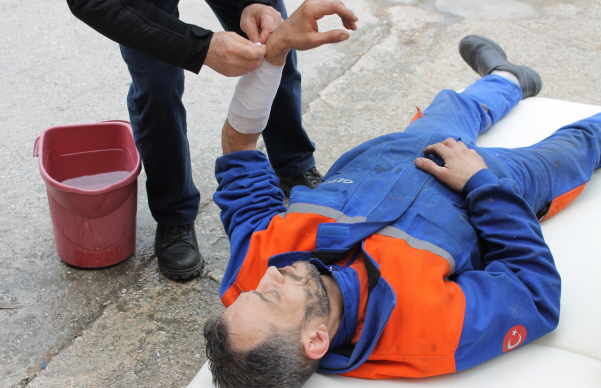Slip and fall accidents are among the most common types of premises liability claims. These incidents often result from hazardous conditions like wet surfaces, icy sidewalks, or uneven flooring. Victims of slip and fall accidents can sustain serious injuries, making it crucial to understand when a property owner or another responsible party might be held accountable.
A slip and fall accident occurs when someone slips, trips, or stumbles due to an unsafe or dangerous condition on someone else’s property. Common examples include slipping on spilled liquids, ice, or snow; tripping over uneven pavement or loose tiles; and falls due to inadequate lighting or hidden hazards.
Who is Liable for a Slip and Fall Accident?
Several parties may be held liable depending on the circumstances:
- Property owners and landlords
- Property management companies
- Retail businesses or franchise operators
- Government agencies or municipalities
- Contractors or maintenance providers
These parties may be liable if they knew about—or should reasonably have known about—a hazardous condition and failed to correct it, provide adequate warnings, or maintain the premises properly.
Common Injuries from Slip and Fall Accidents
Slip and fall incidents commonly result in injuries such as:
- Broken bones and fractures
- Sprains and strains
- Head injuries, including concussions and traumatic brain injuries
- Back and spinal cord injuries
What to Do Immediately After a Slip and Fall Accident
If you experience a slip and fall accident, follow these immediate steps:
- Seek immediate medical attention.
- Document the scene and your injuries with photos or videos.
- Collect contact information from any witnesses.
- Report the incident promptly to property management or the responsible party.
- Contact a qualified premises liability attorney.
Frequently Asked Questions About Slip and Fall Accident Claims
How long do I have to file a slip and fall claim in Colorado?
In Colorado, you typically have two years from the date of the accident to file a premises liability claim.
How do I prove negligence in a slip and fall case?
Proving negligence usually involves demonstrating that the property owner or responsible party knew (or reasonably should have known) about the dangerous condition, failed to address it appropriately, and that this negligence directly caused your injuries.
Can I still recover compensation if I’m partially at fault for my injuries?
Colorado uses comparative negligence, meaning you may still recover compensation if you’re partially at fault. However, your compensation will be reduced by your percentage of fault.
Does placing a warning sign eliminate property owner liability?
A warning sign alone does not automatically eliminate liability. The effectiveness of the warning and the specific circumstances of the incident will determine whether the owner adequately addressed the hazard.
How a Premises Liability Attorney Can Help
An experienced premises liability attorney can significantly strengthen your slip and fall claim by:
- Thoroughly investigating the incident
- Collecting and preserving critical evidence
- Negotiating with insurance companies
- Maximizing your potential compensation
- Representing you in court, if necessary
Contact Chalat Law for Your Free Consultation
If you’ve been injured in a slip and fall accident, don’t wait—contact Chalat Law today for your free, no-obligation consultation. We’re here to fight for the compensation you deserve.
